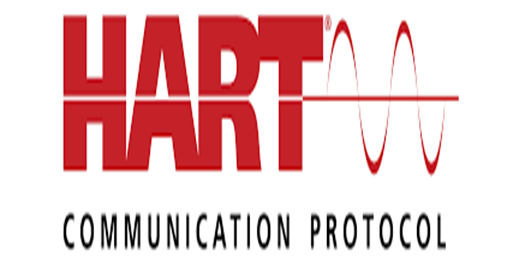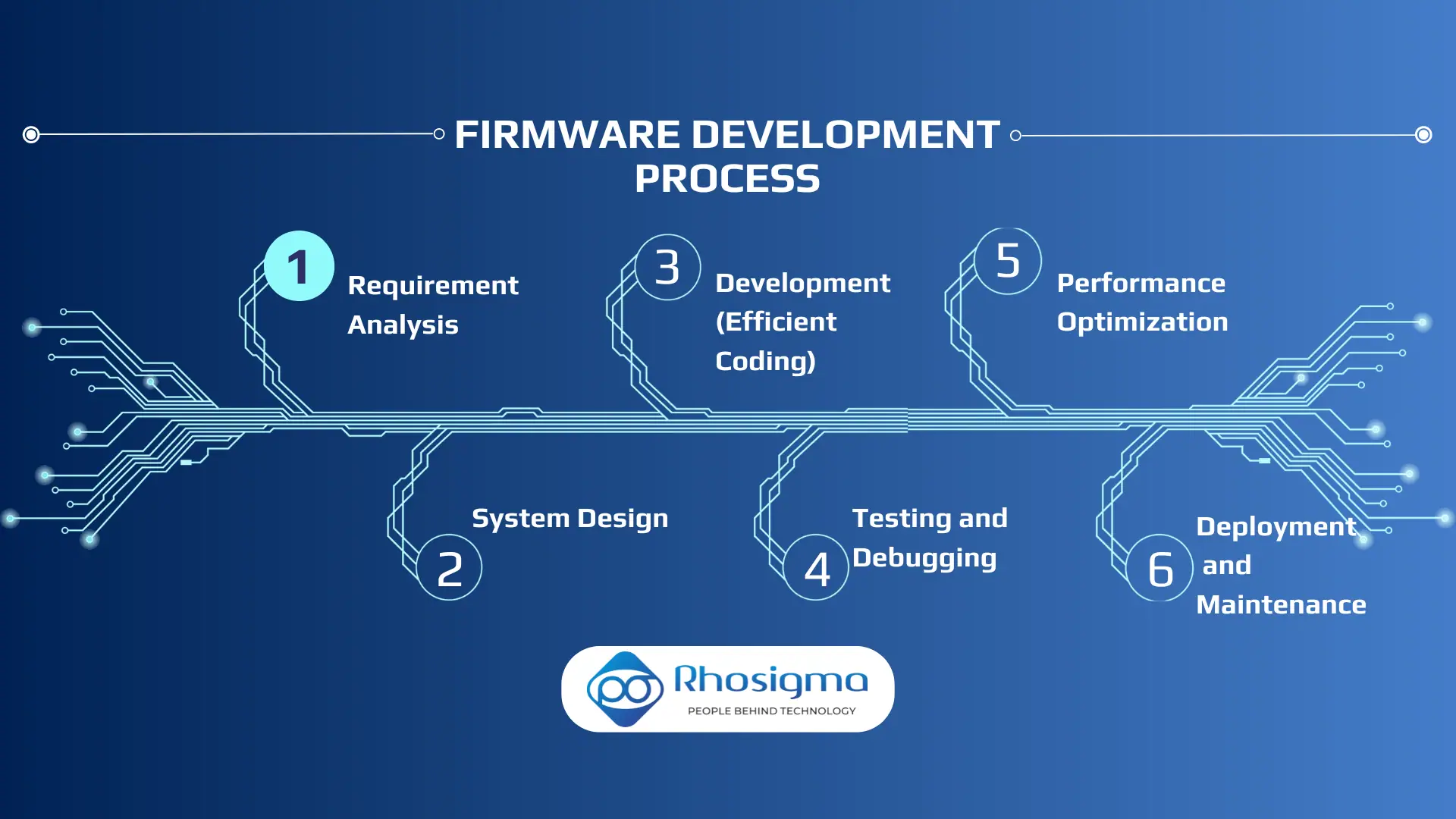Mastering Embedded Firmware Development: Required Skills and Expertise.

Discover the intricate world of Embedded Firmware Development with this comprehensive guide.
From the washing machine that cleans your clothes to the fitness tracker that monitors your steps, these devices rely on a critical layer of code called firmware. Today, we will take a deep dive into the fascinating realm of Embedded Firmware Development, uncovering its definition, functionality, and the necessary skills to excel in this field.
What is Firmware.
Think of firmware as the brain of an embedded device. It consists of a set of instructions stored in flash memory, governing how the device interacts with the physical world. It acts as the software that controls the hardware, bringing these intelligent systems to life.
The Art of Building Embedded Firmware with Code.
Developing embedded firmware demands a unique blend of software and hardware proficiency. Embedded firmware professionals are adept at navigating the intricate landscape of both coding intricacies and hardware functionalities. Their expertise extends to seamlessly transitioning between crafting code, typically in languages like C or C++, and comprehending the nuances of embedded processors and microcontrollers.
Collaborating closely with hardware engineers and leveraging hardware development services, these professionals ensure the firmware harmoniously interfaces with the physical components of the device, optimizing performance and functionality.
- Coding Proficiency: Embedded firmware developers excel in writing efficient and reliable code, often using low-level languages like C or C++. They possess a deep understanding of data structures, algorithms, and programming paradigms tailored to the constraints of embedded systems.
Hardware Integration: These professionals are skilled at integrating firmware with hardware components, such as microcontrollers, sensors, and actuators. They understand hardware specifications, communication protocols, and interface requirements to ensure seamless interaction between software and hardware components.
Skillset of an Embedded Firmware Developer.
Aspiring embedded firmware developers must possess a powerful combination of theoretical knowledge and practical experience to succeed. Here are the core areas to focus on:
- Understanding the Whole Picture: A comprehensive understanding of the entire embedded system, encompassing both hardware and software, is crucial.
Working within Limits: Unlike developing for desktops or laptops, embedded systems often have limited resources such as memory and processing power. Understanding these constraints is vital for writing efficient code.
Technical Expertise: The Foundation.
Proficiency in the following areas is essential on the technical side:
- Programming Languages: Proficiency in embedded programming languages such as C and C++ is indispensable.
Real-Time Operating Systems (RTOS): The ability to effectively utilize RTOS for efficient task management is of utmost importance.
Device Drivers: A fundamental skill is the capability to interact with hardware components through device drivers.
Beyond The Basics: Enhancing Your Skillset.
For those aspiring to push the boundaries, exploring the following areas can prove beneficial:
- Internet of Things (IoT): With the increasing prevalence of IoT, comprehending how firmware interacts with the connected world holds great value.
- RISC-V architecture: Acquaintance with this emerging processor architecture can provide a competitive advantage.
Debugging and Optimization: Enhancing your debugging skills and acquiring knowledge on optimizing code for improved performance are invaluable assets.
Firmware Development Process: A Step-by-Step Guide.
For individuals new to embedded firmware development, adopting a structured approach can be immensely advantageous. Here is a breakdown of the five key stages:
- 1. Defining Requirements: This step is akin to creating a blueprint for a house. It involves determining the device's functions (such as turning on lights or monitoring temperature) and how it will interact with users (via buttons, displays, sensors). This ensures clarity and alignment among team members regarding the firmware's purpose.
- 2. Architecture vs Design: Just like house plans, architecture outlines the fundamental structure (like room layout), while design delves into specifics (such as cabinet types and plug locations). In firmware development, architecture defines high-level components (like data flow and communication modules), while design focuses on detailed aspects of each component.
- 3. Time Management: Embedded systems often have strict deadlines, unlike regular computer programs. For example, an anti-lock braking system must react swiftly to prevent skidding. This stage involves ensuring that the firmware can meet critical time constraints.
- 4. Testing and Verification: Like inspecting plumbing and electrical work in a new house, thorough testing is crucial in firmware development. The firmware undergoes various tests at different levels (individual components, system integration) to ensure smooth operation and alignment with initial requirements.
- 5. Customization Planning: Just as a well-designed house can be easily renovated, planning for future firmware changes is essential. This step involves creating a flexible architecture that can accommodate new features or bug fixes without necessitating a complete reconstruction.
Conclusion.
Experience with hardware, software, and low-level languages is required for embedded firmware development. Developers must manage limited resources while continuously learning new technologies such as IoT and RISC-V. An organized strategy helps success while developing intelligent systems.
Ready to innovate in embedded systems? Rhosigma, a leading embedded firmware development service provider, boasts a team of adept engineers to bring your ideas to life. From concept to production, we offer comprehensive services, guiding you through firmware development intricacies. Whether you're a seasoned pro or just starting, Rhosigma ensures your success with expert guidance and support. Get in touch with us today.





